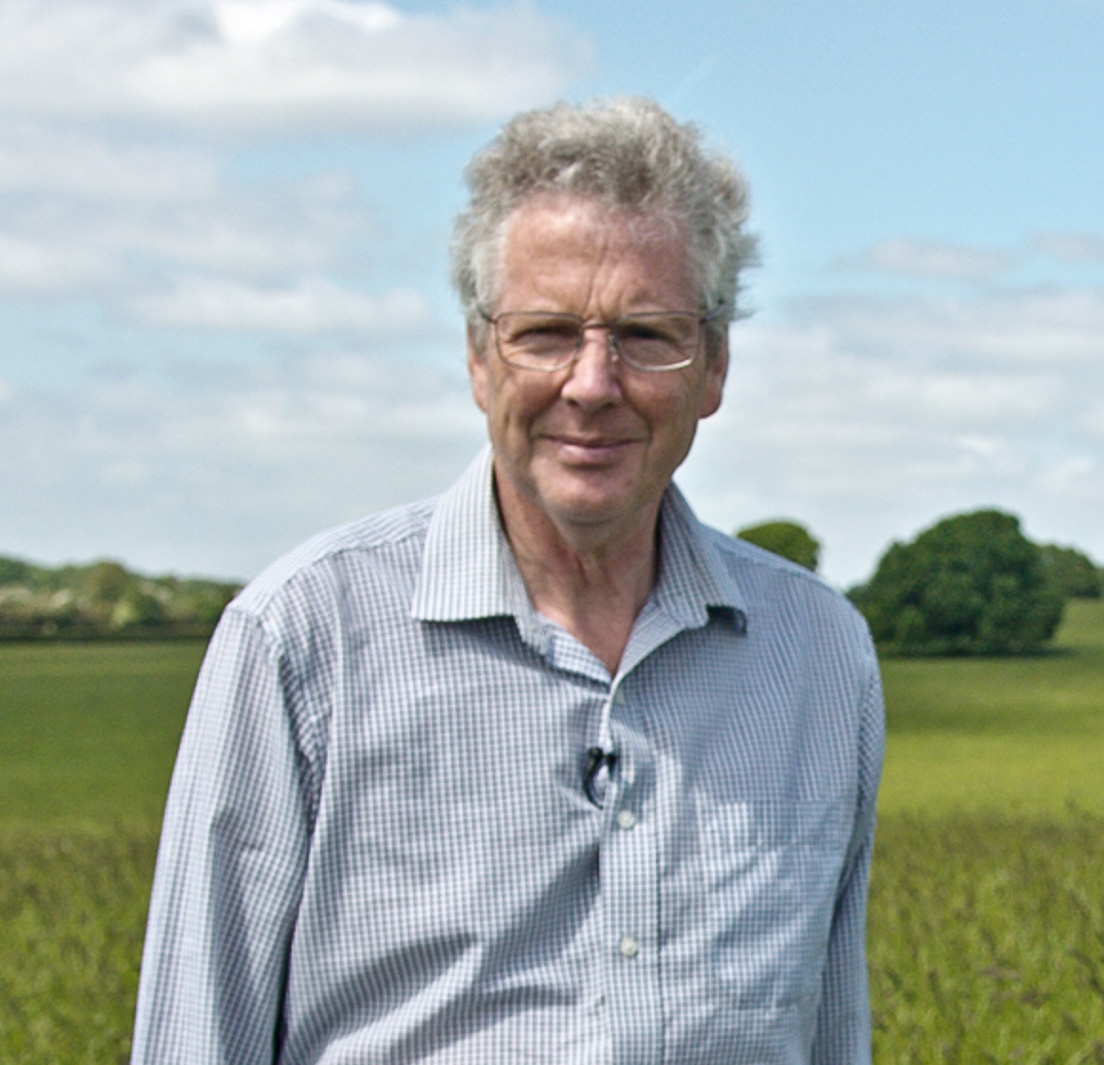

Farm Type: Beef
Location: Berkshire
Size: 400 Acres
Soil Type: Sand and Chalk
Mixes Used: GS4 Legume & Herb Rich Sward
David Illsley’s four hundred acre farm near Newbury in Berkshire lies on soil which is difficult to farm; it’s light and sandy overlaying chalk which is very dry and prone to drought. This means David’s priority is adding resilience into his farming system by growing deep rooted forage mixes, combined with breeding low maintenance, low input, hardy cattle.
The farm is predominantly grassland, grazed by about 100 suckler animals run by David with the help of a part-time student from a nearby college. ‘The cattle come out around the middle of April and will stay out during winter so it’s a low cost, low input farming system,’ David says. ‘By far our biggest problem is providing enough grazing throughout the year because the soil type needs such a lot of rain, which is not guaranteed these days.’
Part of the farm is rotational, with an occasional crop of spring barley but the predominant crop is the leys as well as whole crop for silage, which is used as a nurse crop during the establishment of the GS4 mixes. The farm has been in countryside stewardship since 2019 with thirty acres per year given over to GS4 legume and herb rich swards. This option combines deep rooted grass, legumes and forage herbs. Other areas of the farm are traditional permanent pasture in lowland grassland options.
The GS4 legume and herb rich sward is an all round grazing or cutting mixture which promotes biodiversity, creates habitats, produces pollen and nectar and is also a superb soil conditioner as well as top quality forage. David found that planting these mixes across whole fields as an option under Countryside Stewardship was an ideal solution for him.
‘I’ve used tailored rotational two year mixtures for a number of years, but I often leave them down for three years,’ says David. ‘‘Last year the establishment was slow because it was too dry in the summer and autumn but I just left them down an extra year and that worked just fine.’
The establishment and management fits in with his low input methodology. ‘The ley is usually planted in the spring, undersown with a whole crop mix which is then taken for silage in the middle of June. The GS4 ley then grows away strongly once it has some space and light, taking over as the main crop for the following year.’
David doesn’t need to use any fertiliser so the inclusion of robust levels of legumes like Red Clover, Sainfoin and Birdsfoot Trefoil are key to the system.
‘The challenge of using a mixed sward is that certain species can dominate depending on weather patterns and amount of rainfall and this year it was the cocksfoot that has dominated’ says David, putting it down to the fact that it was especially dry the previous year and the lack of rainfall in spring earlier this year.
‘Cocksfoot, Red Clover and Plantain have all proved very resilient which is what we want,’ he says. ‘We have quite a lot of Red Clover in fact, but the advantage of having so many mixed species is that the cows seem to graze it with no problems at all. There is lots of chicory as well and they seem to graze that happily, as long as it doesn’t get too tall and mature. It’s cut for silage, during the season which keeps it nice and fresh, encouraging leafy regrowth after the cut is taken.’
The ley is terminated by being ploughed up in the spring. ‘We don’t use any sprays and it’s just put back into arable cropping or back into an undersown grass ley,’ David explains.
David said he chose to use Cotswold Seeds because, ‘nobody else does the range of multispecies mixes I wanted. It’s the wide variety of deep rooting species available to put in these mixes that makes them much more resilient on challenging soil. I just need things to grow reliably,’ states David. ‘It’s no good to me if plants die away when conditions go dry!’
View Legume & Herb Rich Sward Mix
Date Posted: 5th August 2024



